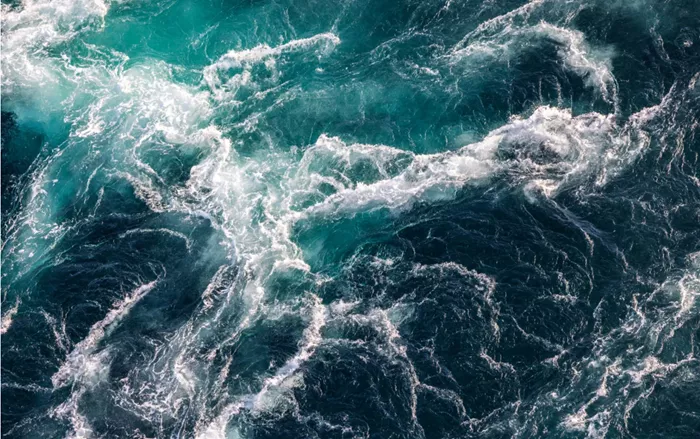A groundbreaking technology that generates energy using underwater currents has received a significant boost through a federal grant, as reported by Sandia National Laboratories.
Sitkana, an Alaska-based startup, has developed a system that equips idle fishing vessels with propellers capable of harnessing power from tidal or river currents. Sandia, located in New Mexico, is collaborating with the Alaskan team to design, operate, and test this innovative system.
Sitkana was among seven projects awarded a portion of the $7.4 million in grant allocations, according to a Sandia press release.
“This grant enables us to leverage existing maritime resources to create a sustainable and economically beneficial energy solution,” said Sitkana CEO Lance McMullan in an interview with Renewable Energy Magazine.
Sitkana offers two versions of its technology. The Chinook, designed for sailors, liveaboard owners, and off-grid individuals, features a 6-foot by 3-foot, 100-pound propeller that is submerged to capture energy from moving water. The Orca, designed for coastal homes, communities, and cities, uses an anchored 12-foot platform that secures multiple propellers beneath it. A video rendering from Sitkana demonstrates this setup with six propellers.
Both units are inspired by natural Alaskan creatures. The Chinook mimics the behavior of its salmon namesake, with an aft rotor that “steers into the current.” The systems are anchored in tidal waters, resembling the way Bull Kelp extends toward the surface. The rotor’s design is inspired by snail shells, providing efficiency and stability.
The collaboration with Sandia aims to address regional energy challenges, particularly for communities facing seasonal electricity supply issues during peak demand periods. The insights gained from this research could be applied more broadly.
“These projects allow Sandia to have more of an impact on the local, regional, and national economies,” said Mary Monson, Sandia’s senior manager for technology partnerships and business development, in the press release.
This innovative approach to hydropower contrasts with large-scale projects like the Hoover Dam, demonstrating that significant energy can be harnessed from moving water with much smaller installations. For instance, specialized turbines in Belgium are being developed to generate electricity from low-speed rivers.
Currently, about 6% of U.S. electricity is generated by hydropower, according to the U.S. Department of Energy. Sitkana’s technology offers a novel method to incrementally increase this percentage, reducing the reliance on fossil fuels and cutting down on harmful emissions.
The U.S. Environmental Protection Agency notes that our oceans are warming due to a combination of natural weather patterns and human-caused climate change, resulting in rising sea levels and threatening coastal communities. While Sitkana’s Chinook won’t solve this problem alone, it contributes to the broader transition to renewable energy.
Additionally, Renewable Energy Magazine reports that Sitkana’s technology will include open-source software, allowing the public to assess marine energy potential at local water sources.
“It’s a win-win for both the environment and the local communities,” McMullan said.
Related topics:
- Renogy Lycan Powerbox: A Portable Solar Generator for Every Need
- Goal Zero Yeti 6000X Generator Review: Power Up Your Adventures with Unmatched Reliability
- Bluetti AC300: The Ultimate Portable Power Station for Modern Needs

